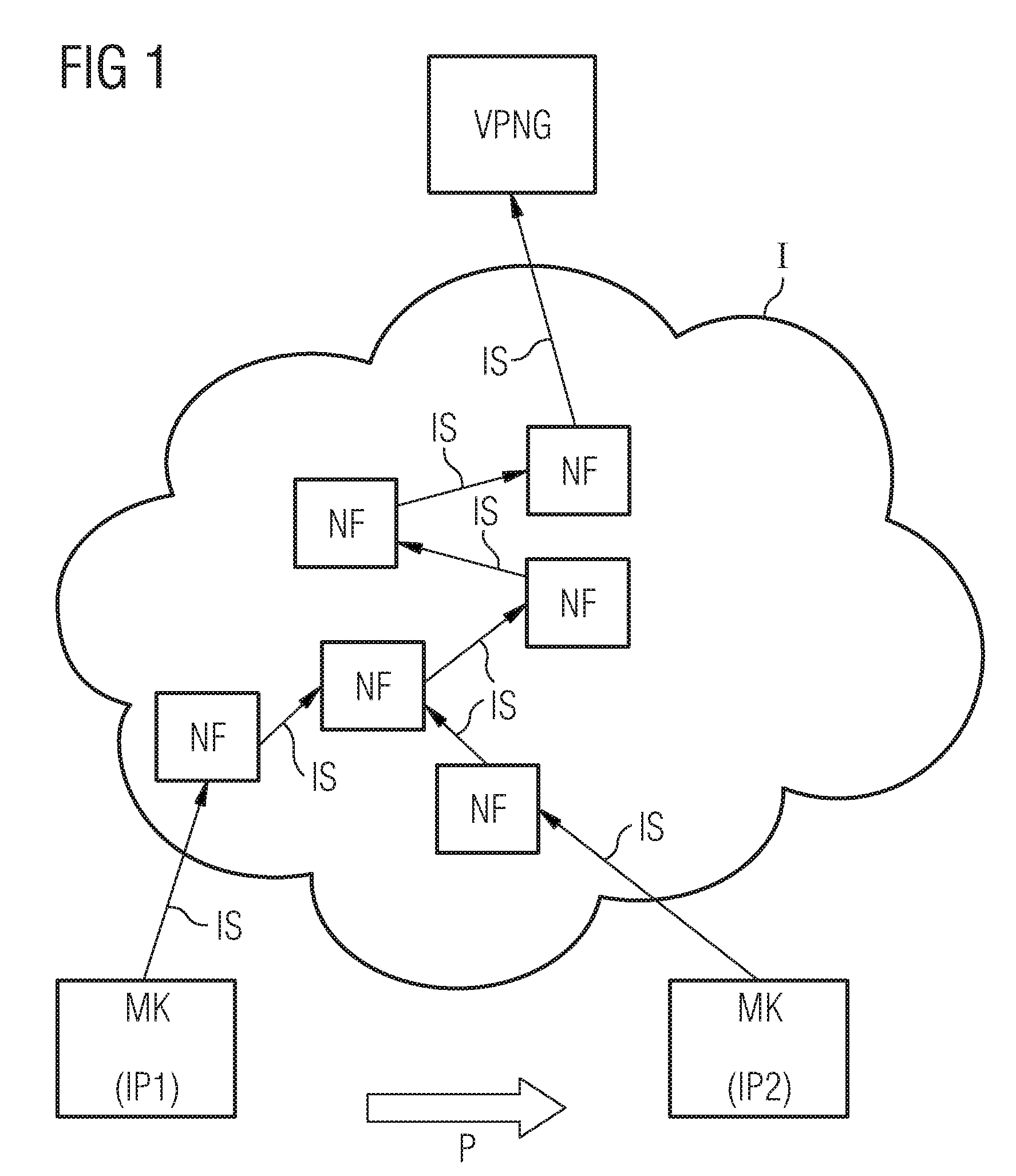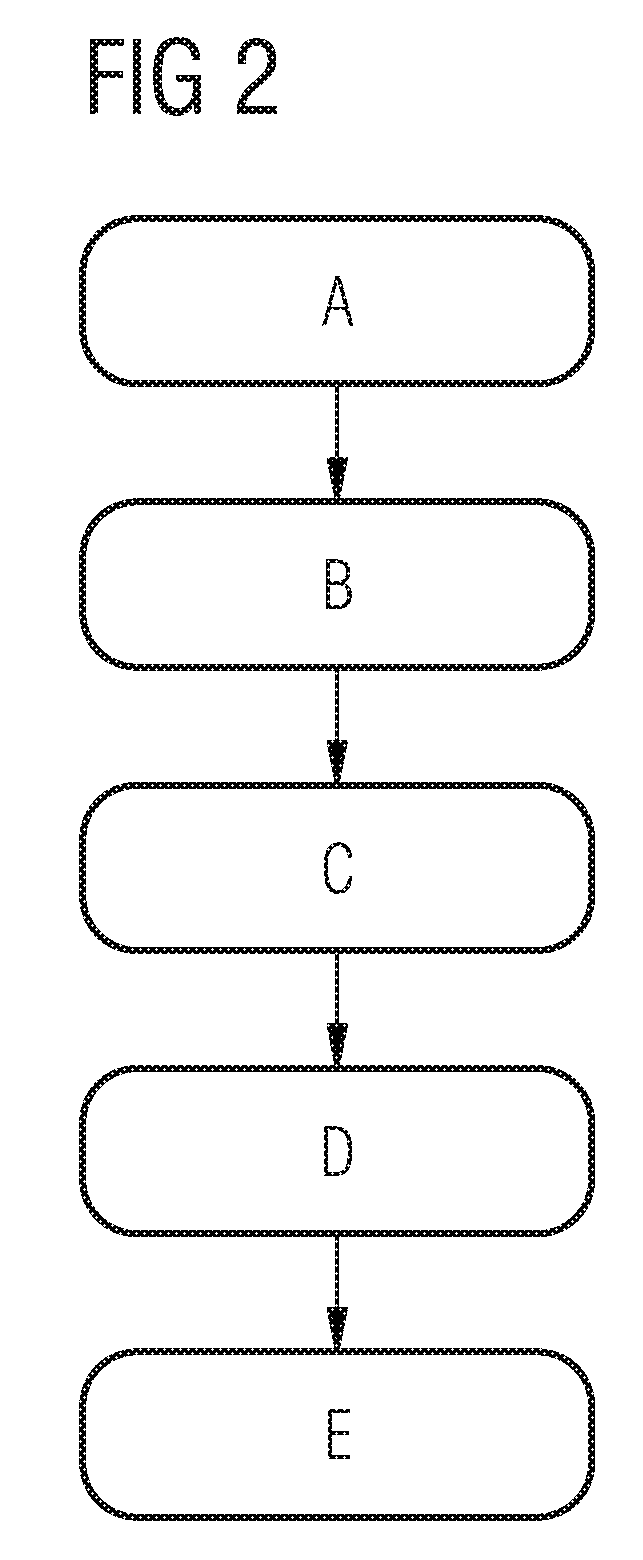Method for optimizing nsis signaling in mobike-based mobile applications
a mobile application and nsis signal technology, applied in the direction of wireless communication, wireless commuication services, instruments, etc., can solve the problems of increased overhead, waste of resources, and additional waste of resources, so as to prevent the aforementioned delays and associated waste of resources
- Summary
- Abstract
- Description
- Claims
- Application Information
AI Technical Summary
Benefits of technology
Problems solved by technology
Method used
Image
Examples
Embodiment Construction
[0022]Reference will now be made in detail to the preferred embodiments of the present invention, examples of which are illustrated in the accompanying drawings, wherein like reference numerals refer to like elements throughout.
[0023]In a scenario shown diagrammatically in FIG. 1, in which a mobile node MN which
a) has an IPsec connection to a VPN gateway VPNG managed through MOBIKE, and
b) is taking part in an NSIS-signaling session
changes its IP address, the signaling state already installed in the NSIS node NF located along the tunnel path becomes invalid and has to be updated. In FIG. 1, the arrows marked IS denote the IPsec connection managed through MOBIKE. The arrow P indicates that the MN is moving. This movement has the effect that, instead of its previous IP address IPI, the MN is assigned a new IP address IP2, since its point of attachment to the VPN Gateway VPNG on the Internet I changes. The MOBIKE protocol then has to update the state at the VPN Gateway VPNG. The NSIS no...
PUM
 Login to View More
Login to View More Abstract
Description
Claims
Application Information
 Login to View More
Login to View More - R&D
- Intellectual Property
- Life Sciences
- Materials
- Tech Scout
- Unparalleled Data Quality
- Higher Quality Content
- 60% Fewer Hallucinations
Browse by: Latest US Patents, China's latest patents, Technical Efficacy Thesaurus, Application Domain, Technology Topic, Popular Technical Reports.
© 2025 PatSnap. All rights reserved.Legal|Privacy policy|Modern Slavery Act Transparency Statement|Sitemap|About US| Contact US: help@patsnap.com


